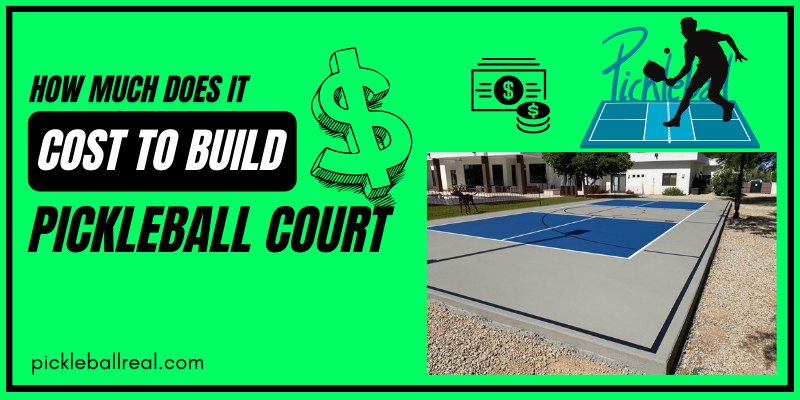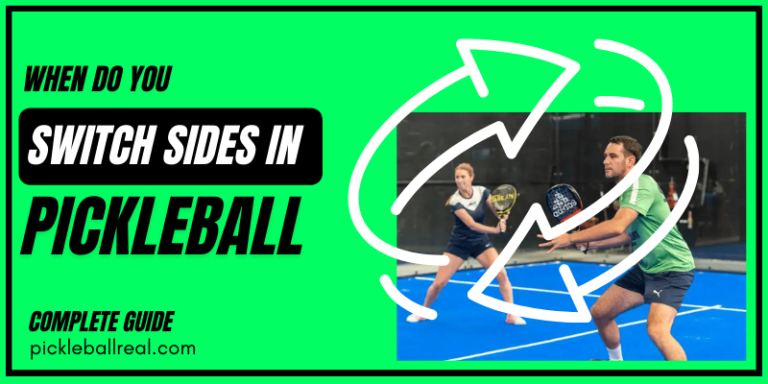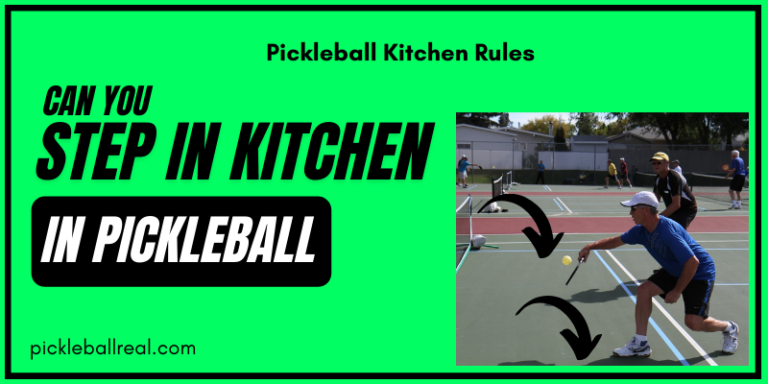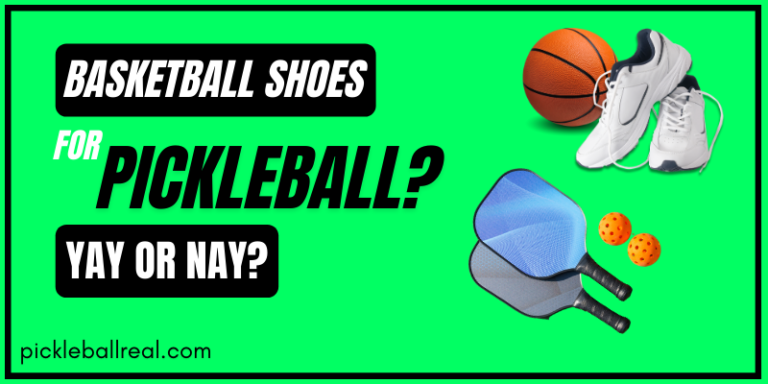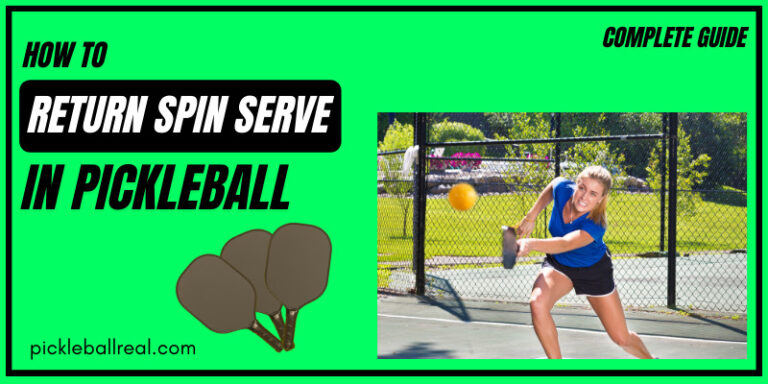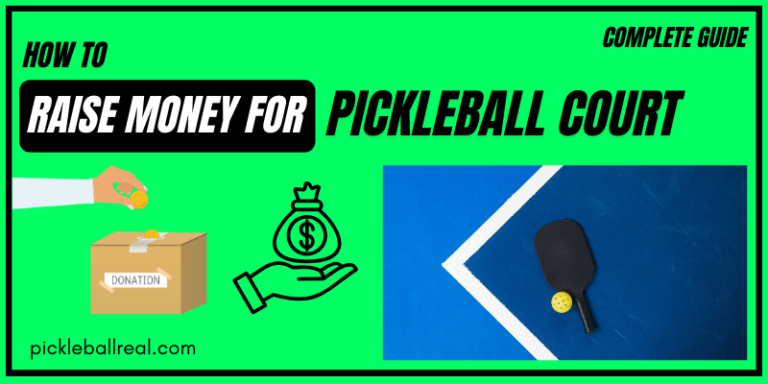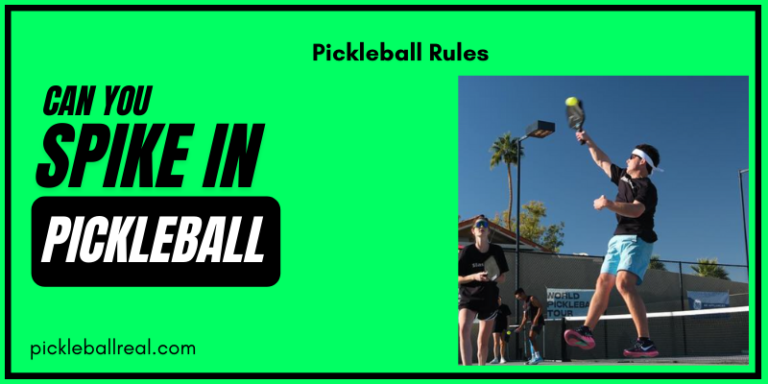How Much To Build A Pickleball Court
Curious about the cost of building a pickleball court? Let’s explore the key expenses involved, from materials to labor, to help you estimate the total investment required.
The cost of building a pickleball court can vary depending on factors such as location, court dimensions, surface materials, and additional features. On average, the cost can range from $10,000 to $50,000 or more for a standard pickleball court, including expenses for materials, labor, and any necessary site preparation.
In this article, we’ll break down all the details so you can determine exactly how much to build a pickleball court tailored to your needs and budget.
How Much To Build A Pickleball Court – Factors to Consider
When building your own pickleball court, factors impacting costs include court size, surface type, fencing, lighting systems, landscaping, and labor expenses.
Customizing court dimensions, choosing durable surfaces like concrete or asphalt, and installing suitable fencing can contribute to the overall expenditure.
Careful consideration of these elements ensures a comprehensive understanding of the project’s cost, allowing you to budget effectively without compromising quality or safety.
1- Material Costs
The choice of materials significantly impacts the cost and quality of a pickleball court. Consider the following:
- Surface Material: Options include asphalt, concrete, or specialized sport surfacing. While asphalt is more affordable, concrete and sport surfacing systems offer greater durability.
- Fencing Material: Chain-link fencing is cost-effective and durable, but vinyl-coated chain-link or wooden fencing enhances aesthetics and noise reduction, albeit at a higher cost.
- Lighting Fixtures: LED lighting, known for energy efficiency and a longer lifespan, should be factored in for optimal visibility during play.
While choosing cheaper materials might seem cost-effective initially, it’s crucial to consider their long-term durability and maintenance requirements. By carefully selecting materials based on your budget and preferences, you can estimate the cost of constructing a high-quality pickleball court tailored to your needs.
2- Labor Costs
Labor costs in pickleball court construction depend on various factors:
- Court Size: Larger courts require more time and manpower, leading to increased labor expenses.
- Project Complexity: Additional features like lighting or fencing add to labor costs due to increased construction time and effort.
- Worker Expertise: Skilled workers may charge higher rates, but they ensure better quality workmanship.
- Geographical Location: Labor rates vary by region, so consider regional differences when budgeting for construction.
While some consider DIY options to save on labor costs, pickleball court construction demands specialized knowledge and equipment. Hiring professionals ensures efficient and accurate results. However, it’s crucial not to compromise on skilled labor to ensure a high-quality court in the end.
Additional Costs to Consider
When budgeting for your pickleball court, remember to consider additional costs beyond materials and labor:
- Site Preparation: Expenses may arise from clearing trees or leveling uneven ground before construction.
- Lighting: Installing proper lighting for evening play incurs additional costs, varying based on quality and installation requirements.
- Accessories: Essential items like nets, paddles, balls, and lines can quickly accumulate costs, especially for multiple courts or frequent matches.
- Permits and Regulations: Research local regulations and anticipate fees for obtaining necessary permits before starting construction.
Considering these additional costs upfront provides a more accurate estimate of the total expenses involved in building your pickleball court.
DIY vs Hiring a Professional
When considering building your own pickleball court, weigh the following:
DIY Pros:
- Control over the project and potential cost savings.
- Personalized touch and design choices.
DIY Cons:
- Requires specific skills and equipment.
- Potential for increased time and costs if not done correctly.
Hiring Pros Pros:
- Expertise and industry connections for quality construction.
- Assurance of proper execution from start to finish.
Hiring Pros Cons:
- Higher initial costs.
- Less personal control over the project.
Your choice between DIY and hiring professionals should be based on your skill level, budget, and preferences, ensuring a well-constructed pickleball court that meets your needs for the long term.
Maintenance and Upkeep Costs
When budgeting for your pickleball court, consider ongoing maintenance costs:
- Resurfacing and Repainting: Regular resurfacing or repainting may be necessary to address wear and tear on the court surface over time.
- Routine Cleaning and Inspections: Allocate funds for routine tasks such as debris removal, power washing, and inspections to ensure the court remains safe and in good condition.
- Weather Protection Measures: Invest in covers or protective coatings to safeguard the court from potential damage caused by extreme weather conditions.
- Equipment Maintenance: Account for occasional net replacements, grip changes for paddles, and any repairs needed to sustain the equipment’s functionality.
Considering these ongoing expenses is crucial in accurately estimating the overall cost of building and maintaining a pickleball court. Regular upkeep not only extends the court’s lifespan but also ensures a safe and enjoyable playing environment.
Benefits of Having Your Own Pickleball Court
Having your own pickleball court comes with a multitude of benefits that can enhance your overall playing experience.
- Convenience: Owning a pickleball court means you can play whenever you want without worrying about booking court time or waiting for others to finish their games.
- Customization: You have the freedom to customize the surface type, color scheme, and even add personalized touches like custom lines or logos, making the court uniquely yours.
- Control Over Environment: Having a private court allows you to control lighting conditions and minimize distractions, enhancing focus and concentration during gameplay.
- Social Interaction: Your court becomes a hub for social gatherings, where you can invite friends and family for matches or organize community tournaments, fostering relationships and creating lasting memories.
- Property Value Enhancement: A well-maintained and professionally constructed court can add value to your property, serving as an attractive selling point if you decide to put your house on the market.
Having your own pickleball court offers unparalleled convenience, customization options, improved gameplay conditions, social opportunities, and potential property value enhancement—all making the investment in building one truly worthwhile!
Conclusion
So, building your own pickleball court might seem like a big investment, but it comes with loads of benefits. You get to play whenever you want, personalize the court just the way you like it, and even boost your property value in the long run. Plus, it’s a fantastic way to bring friends and family together for some healthy competition and good times. All in all, the perks definitely make the cost worth it!
FAQs
How Many Sq Ft Is a Pickleball Court?
A standard pickleball court is 880 square feet, with dimensions of 20 feet wide by 44 feet long.
How Do You Make a Pickleball Court?
To create a pickleball court, you need to mark out the dimensions, including the non-volley zone and service courts, and use appropriate materials like paint or tape for clear delineation.
How Small Can You Make a Pickleball Court?
The minimum recommended size for a pickleball court is 20 feet wide by 44 feet long for both singles and doubles play.
How Big Is a Mini Pickleball Court?
A mini pickleball court is typically smaller than the standard court and can have varying dimensions, often adjusted to fit the available space, such as 10 feet wide by 20 feet long.
Can Only 2 Play Pickleball?
Pickleball can be played in singles or doubles, so it can be enjoyed by either two or four players, allowing for versatile gameplay options.

